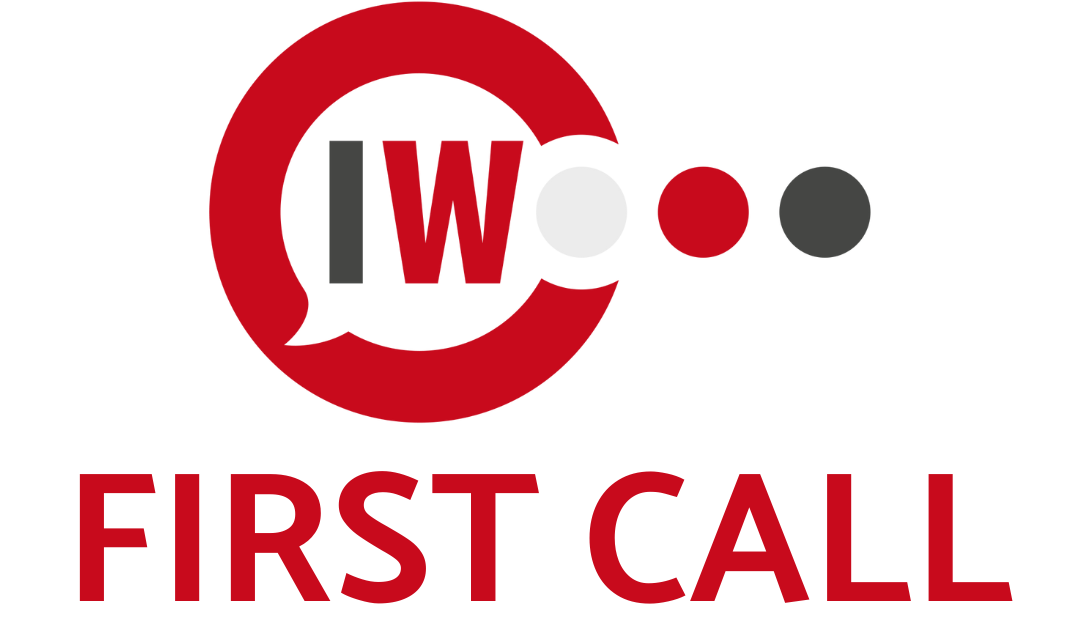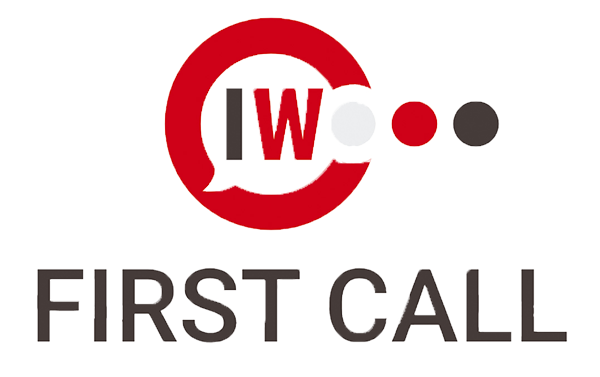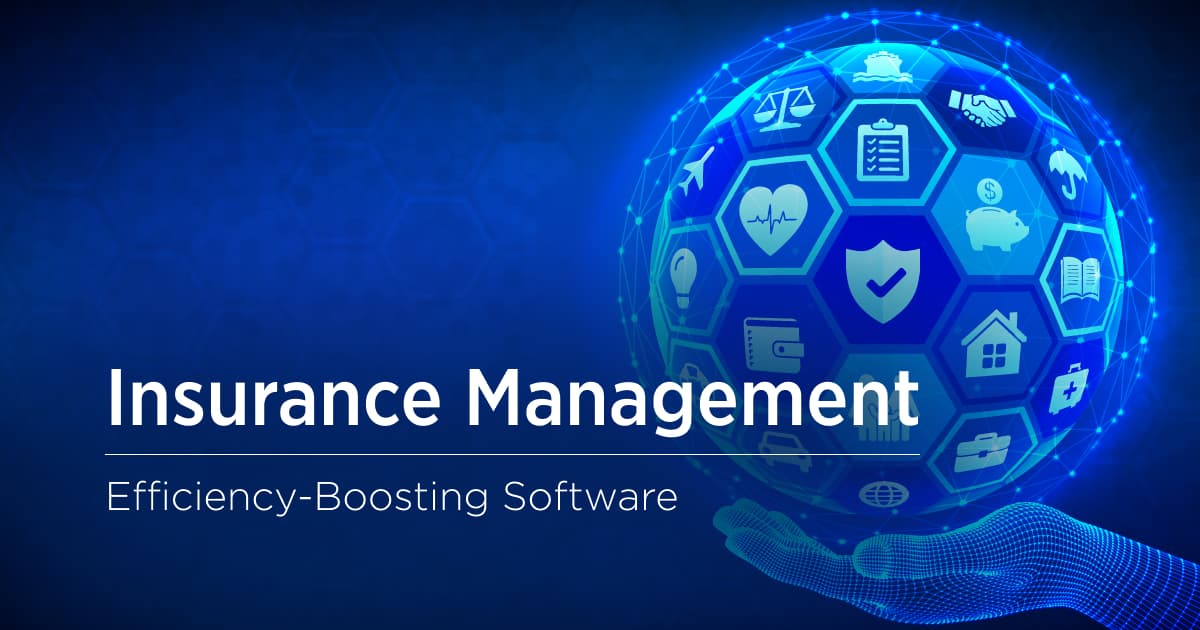The insurance industry, with its myriad of data-intensive tasks, has always been ripe for innovation. Robotic Process Automation (RPA) is at the forefront of this transformation, offering a pathway to modernize operations and enhance customer experiences. In this article, we delve into how RPA is reshaping the insurance landscape, making processes more efficient, and helping companies stay competitive.
The insurance sector is known for its heavy reliance on manual processes, from underwriting to claims management. However, the advent of RPA has begun to change that narrative. By automating repetitive tasks, RPA enables insurers to redirect their workforce towards more strategic roles, thereby improving operational efficiency and customer satisfaction.
Transforming Claims Processing with RPA
Claims processing is a critical yet time-consuming aspect of insurance operations. RPA streamlines this by integrating data from various sources, reducing manual errors, and speeding up the entire process. This not only enhances the customer experience but also allows insurers to settle claims more swiftly, leading to higher customer retention rates.
- RPA enables automated validation of claims by cross-checking policy details, ensuring only legitimate claims get through. This prevents fraudulent claims, saving insurers millions.
- Bots can be programmed to learn from past claims data to identify patterns and flags. This allows dynamic risk analysis for better decision making.
- Robots aggregate data from medical providers, auto repair shops, etc. to substantiate claims. This removes manual back-and-forth, accelerating processing.
- RPA extracts info from documents like bills, police reports etc. and inputs data into claims systems without human intervention. This reduces costly errors.

Underwriting: A Prime Candidate for RPA
Underwriting involves assessing risks, which traditionally takes weeks due to the need to gather and analyze vast amounts of data. RPA simplifies this by automating data collection and analysis, significantly cutting down the time required for underwriting decisions. This automation ensures that underwriters can focus on more complex risk assessments, adding greater value to the business.

- RPA makes real-time data collection possible during underwriting, rather than relying on periodic reporting. This provides a dynamic risk view.
- Bots allow round-the-clock underwriting enabling insurers to respond to clients faster than competition.
- Robots can compile thousands of data variables, impossible manually, to generate accurate quotes tailored to customers.
A prime example of RPA in insurance is IWConnect’s solution and use case for an MGA insurance client’s policy administration process. Previously, 80% of their workflow consisted of manual data entry and validation – an inefficient and error-prone process. By deploying intelligent automation and software robots, IWConnect automated the extraction of data from documents, that now seamlessly inputs into multiple systems, according to rule-based validation.
This eliminated the need for human intervention in mundane tasks. With RPA, the client achieved over 80% process efficiency gains allowing underwriters to focus on risk analysis and strategy. This showcases the immense impact RPA can have in streamlining underwriting while boosting productivity and compliance.
Ensuring Regulatory Compliance with RPA
The insurance industry operates under stringent regulatory guidelines. RPA aids in maintaining compliance by automating documentation and audit trails, thus minimizing the risk of breaches. With RPA, insurers can ensure 100% transparency in processes that were previously prone to human error.
- Software robots consistently follow regulatory protocols exactly eliminating the risk of human oversight.
- RPA logs every process step for later auditing creating an immutable compliance trail.
- Bots enable fast data recall, organization and reporting for addressing compliance queries.
Leveraging AI and RPA for Enhanced Customer Interactions
Integrating AI with RPA takes automation a step further. It enables natural language processing and intelligent decision-making within customer service operations. This combination leads to more personalized interactions and quicker resolutions, elevating the overall customer experience.
- Chatbots create exceptional customer experiences via instant query resolution without wait times.
- Virtual assistants accessed anytime provide personalized policy/claim status instead of clients calling centers.
Streamlining Policy Administration through RPA
Policy administration links all functions of an insurer, and RPA plays a pivotal role in streamlining these activities. From quoting to underwriting, RPA reduces the need for extensive navigation through multiple applications, thereby enhancing operational efficiency and enabling insurers to respond faster to market demands.
- Upon underwriting approval, RPA initiates back-end processes like generating policy docs or setting up payments.
- Software robots link data, premium, and billing systems to enable real-time changes to policies.
- Bots collate renewal data, enabling bulk processing of renewals avoiding manual updating of policies.
RPA’s Impact on Legacy Systems
One of the biggest challenges for insurers is the integration of new technologies with old legacy systems. RPA bridges this gap by fitting seamlessly into existing workflows without the need for extensive system overhauls. This allows insurers to modernize their operations while still leveraging their substantial investments in legacy systems.
- Non-invasive automation preserves legacy systems eliminating disruption and retraining caused by replacements.
- New technologies are integrated smoothly into existing frameworks to extend capabilities.
- RPA maximizes ROI from legacy systems through seamless augmentation vs costly modernization.
RPA Bots: The Workforce of the Future
RPA bots are capable of performing a variety of tasks, from data entry to complex analytics. They work tirelessly, eliminating the inconsistencies of manual processing. As a result, insurers can scale their operations quickly to meet changing customer demands, ensuring that they remain agile in a fast-paced market.
- Bots exhibit constant peak performance without fatigue improving output consistency.
- Software robots scale to handle increasing workloads without adding more staff.
- RPA provides 24/7 productivity impossible with human employees.
Conclusion: Embracing RPA for a Competitive Edge
While RPA drives efficiency, the human touch remains vital in insurance. IWConnect provides leading-edge RPA to modernize operations. And complementing those automations, IWFirstCall offers the human expertise essential for back-office support. Our dedicated insurance specialist combine expertise and market-leading experience to deliver support sharpened by technology.
If you seek RPA solutions paired with a human touch, IWFirstCall in combination with IWConnect promises both. Our experts provide free consultations to create automation roadmaps maximizing ROI while retaining the compassion policyholders still expect. Contact IWFirstCall today to transform your insurance operations without losing sight of the people who matter most.
RPA for insurance is not just about automating tasks; it’s about reimagining the way insurers operate. By embracing RPA, insurance companies can enhance their customer service, improve compliance, and drive business growth. As the industry evolves, those who leverage RPA effectively will undoubtedly emerge as leaders in the modern insurance marketplace.






